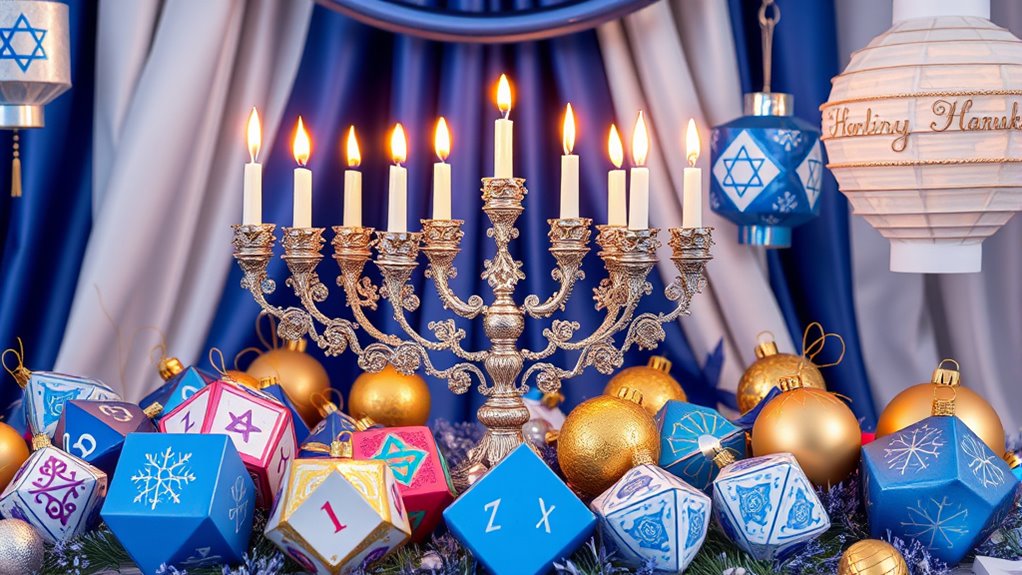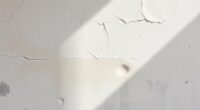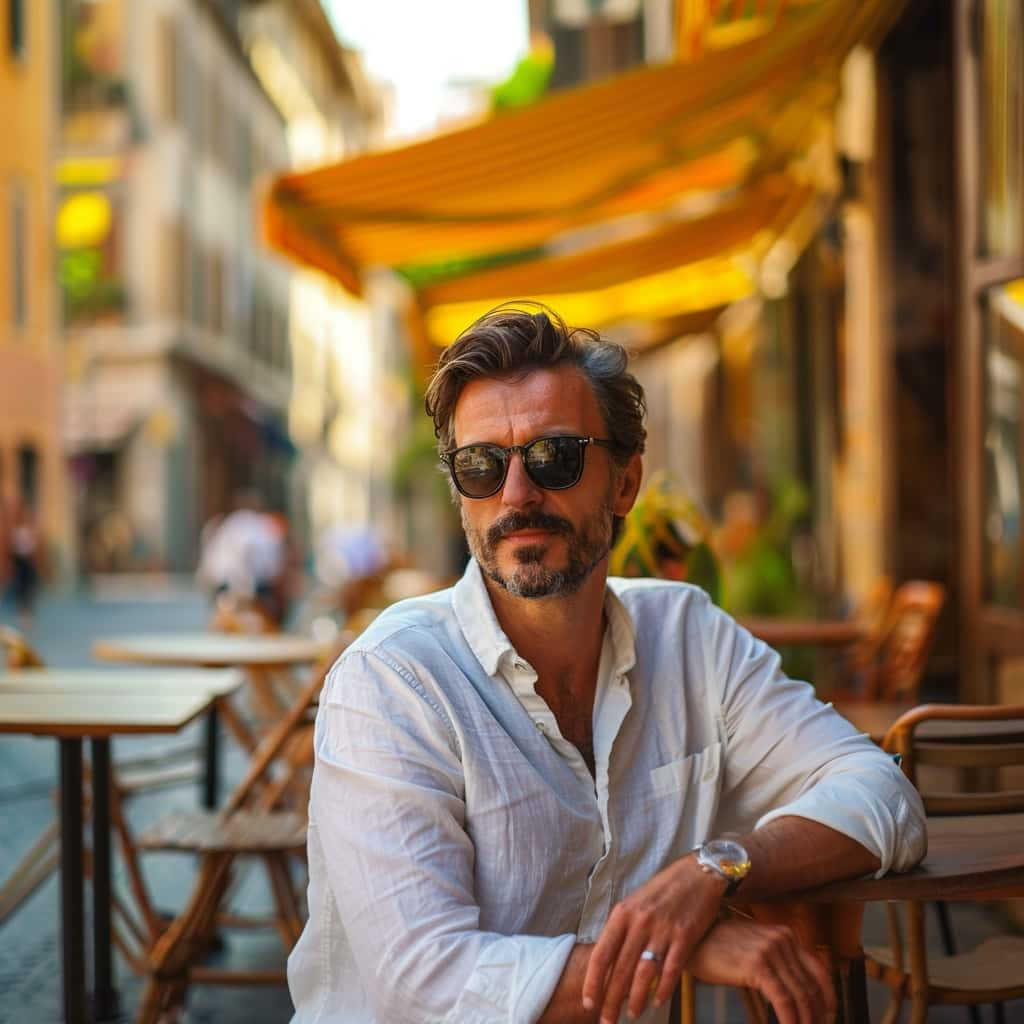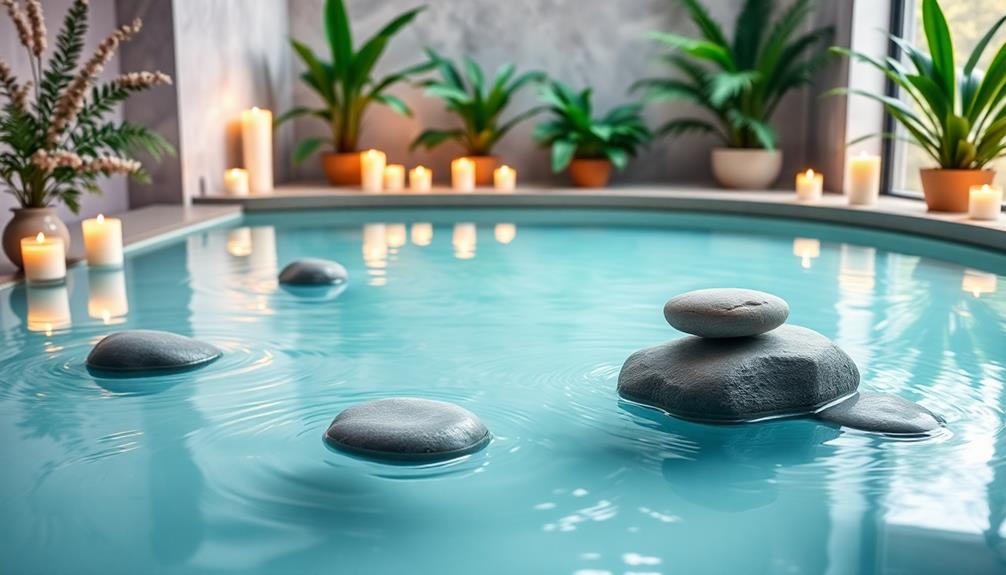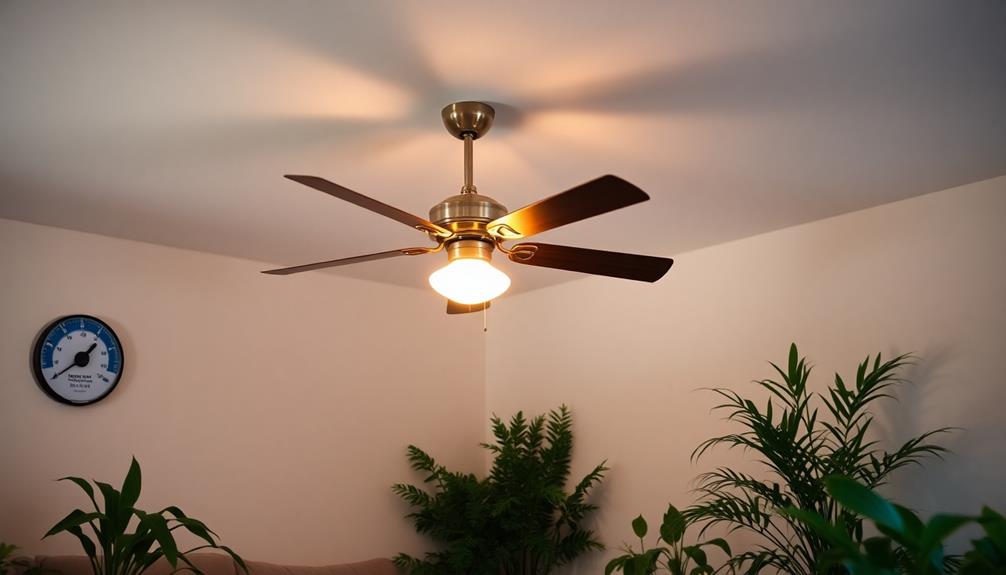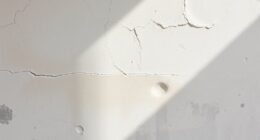Hanukkah decorations are full of meaningful symbols that celebrate the holiday’s history and spirit. The menorah represents the miracle of oil and hope, while candles symbolize resilience and light. Blue, white, and silver accents reflect the colors of the Israeli flag, and symbols like dreidels and gelt highlight traditions of joy and giving. Thoughtful decor creates a warm, festive atmosphere that honors Hanukkah’s values. Keep exploring to discover how each element tells its own special story.
Key Takeaways
- Menorahs symbolize the miracle of oil and light, representing hope, resilience, and spiritual illumination during Hanukkah.
- Dreidels and gelt are traditional symbols of playfulness, teaching about Jewish history and the victory of light over darkness.
- Blue and silver colors evoke the Hanukkah sky, purity, and the holiday’s cultural significance.
- Candle flames embody hope, resilience, and the miracle of light that lasts eight days.
- Decorations like banners and motifs depict themes of freedom, faith, and the historical story of Hanukkah.
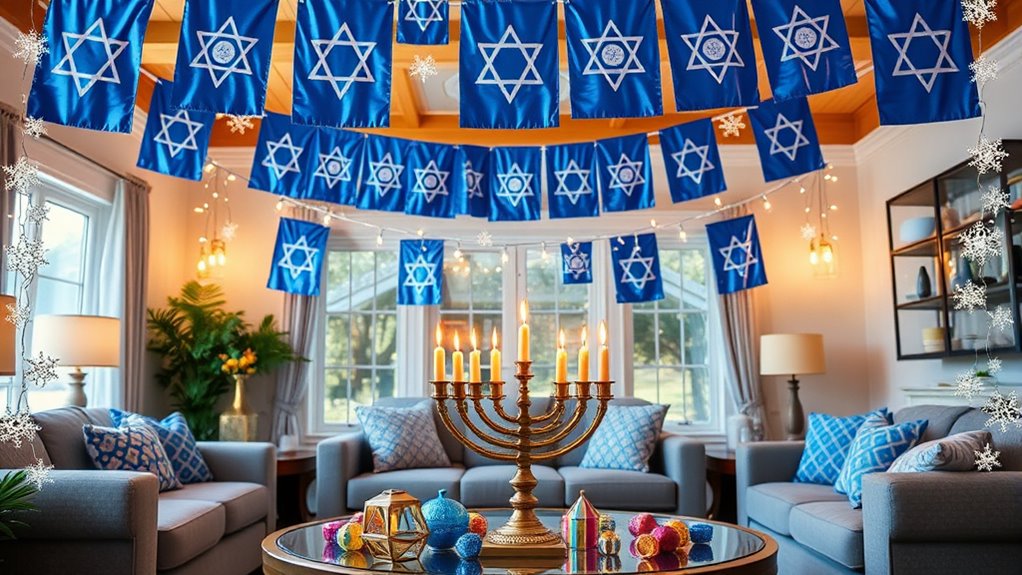
Decorating for Hanukkah is a joyful way to celebrate the festival and create a warm, festive atmosphere. One of the most iconic symbols of Hanukkah is the menorah, and choosing the right traditional candle holders can truly enhance your decor. These candle holders are more than just functional objects; they carry historical and spiritual significance. Whether you opt for ornate, antique-style menorahs or simple, modern designs, the act of lighting the candles each night honors the miracle of the oil that lasted eight days. Placing the menorah in a visible spot, such as by a window, ensures your celebration shares its light with neighbors and passersby, spreading the holiday cheer. Candle holder selection can greatly influence the overall aesthetic and meaning of your Hanukkah decorations.
Complementing your menorah, your festive table settings play a crucial role in creating an inviting atmosphere. Incorporate elements that reflect the joy and meaning of Hanukkah, like blue and silver accents, Star of David motifs, or traditional symbols such as dreidels and gelt. Using a beautifully decorated tablecloth or placemats can set a celebratory tone for family gatherings or community dinners. When setting the table, consider adding small menorahs or candles as centerpieces to evoke the festival’s spirit. These touches make your table more than just a place to eat—they become a visual celebration of Hanukkah’s history and values.
Lighting is essential when decorating for Hanukkah. The flickering flames of candles in your traditional candle holders symbolize hope and resilience, reminding you of the miracle that the oil represented. As you light the candles each evening, you create a warm glow that invites reflection and togetherness. Incorporate other decorative elements like hanging paper lanterns or string lights in blue and white to amplify the festive mood. These lighting choices can turn any space into a cozy haven where family and friends gather to celebrate the holiday’s significance.
In addition to candles and tableware, consider decorating your home with symbols that tell the story of Hanukkah. Hanging banners with Hebrew blessings or images of the Maccabees can add depth to your decor. Small touches like dreidel-shaped ornaments or gelt wrappers can be placed around your space to evoke the joy of gift-giving and playfulness associated with the holiday. Ultimately, your decorations should reflect the themes of light, hope, and freedom, making every corner of your home feel connected to the traditions and history of Hanukkah. Through thoughtful decor, you can create a memorable, meaningful celebration that resonates with everyone involved.
Frequently Asked Questions
What Are Traditional Hanukkah Decorations From Different Cultures?
You’ll find that traditional Hanukkah decorations vary across cultures, showcasing regional crafts and cultural symbols. In Jewish communities worldwide, you might see metal menorahs, paper garlands, or painted ceramics. In Eastern Europe, wooden dreidels and woven textiles are common, while in Israel, colorful paper lanterns and modern ornamentations are popular. These decorations reflect regional artistry and cultural symbols, adding unique touches to Hanukkah celebrations worldwide.
How Do Modern Decorations Incorporate Environmental Sustainability?
Like a shining beacon, modern Hanukkah decorations embrace sustainability by using eco-friendly materials and reusable decor. You can opt for candles made from soy or beeswax, reducing waste and chemical impact. Reusing decorations like dreidels and menorahs minimizes environmental harm while keeping traditions alive. This conscious approach helps you celebrate responsibly, turning your holiday into a meaningful act of caring for the planet and future generations.
Are There Specific Colors Associated With Hanukkah Decorations?
You’ll notice that blue and white are the traditional colors for Hanukkah decorations, symbolizing purity and divine protection through color symbolism. These colors are deeply rooted in decoration traditions, often seen in banners, menorahs, and table settings. Sometimes, gold and silver are added for a festive touch. These colors help create a meaningful atmosphere that celebrates the holiday’s history and spiritual significance, making your decorations both beautiful and culturally resonant.
How Can I Create DIY Hanukkah Decorations at Home?
You can create stunning DIY Hanukkah decorations at home using simple crafting techniques and ideas. Did you know that over 60% of people enjoy personalized holiday decor? Start with paper lanterns or paper dreidels, using colorful construction paper and glue. Incorporate symbols like menorahs or dreidels, and add blue and silver accents for authenticity. These DIY decor ideas let you celebrate creatively and make your home more festive.
What Are Common Mistakes to Avoid When Decorating for Hanukkah?
When decorating for Hanukkah, avoid common mistakes like neglecting lighting safety—never leave candles unattended or place them near flammable items. Be mindful of cultural appropriation; respect the traditions and symbols rather than using them insensitively or decoratively without understanding their significance. Also, steer clear of over-commercializing or misrepresenting the holiday’s meaning, ensuring your decorations are respectful, safe, and authentic to the celebration’s spirit.
Conclusion
As you light each menorah candle and hang shimmering decorations, you weave a tapestry of tradition and hope. These symbols are like glowing stars guiding your heart through the Festival of Lights, illuminating your home with warmth and history. Embrace each ornament and symbol, for they’re the sparks that ignite your spirit and connect you to generations past. With every flicker and sparkle, you’re part of a timeless story that shines brightly through the ages.
